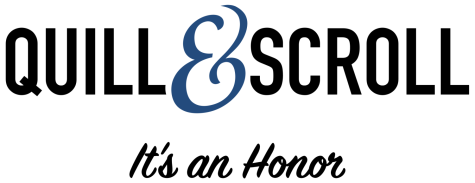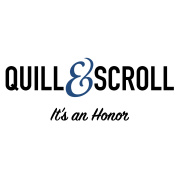AI and photography chapter activity
With students often using their phones to take photos for student media, this might be a great time to discuss this feature and the use of AI photos from an ethical standpoint — especially since many phones can remove and rework images so easily.
Quill and Scroll Guiding Principles:
Truth, Leadership, Integrity, Judgment, Loyalty, Learning, Initiative
Materials:
- Can AI win a photography competition? Take the Turing Test
- NSPA Code of Ethics
- National Press Photographers Association Code of Ethics
- Quill and Scroll’s Principal’s Guide to Scholastic Journalism
- JEA’s Scholastic Press Rights Committee Quick Tip on Photo Editing
Set up:
Project the link “Can AI win a photography competition? Take the Turing Test”
Step-by-step instructions:
- Have students take the Turing Test included in the materials. If you project this, it could be done as a group. Please note the answers are at the bottom of the article.
- Ask the students, “If images can so easily be manipulated, how do we know the image is real?”
- Large group discussion questions: What role does this take in student media and media in general? How do we show our readers the veracity in what we publish? Does this take the form of a statement or other reader service? What resources are available to help us with this? (See NSPA, NPPA, Quill and Scroll, and JEA’s SPRC listings.)
- If you don’t have a guideline statement on photo manipulation and AI, now would be a great time to create it. If you have one, review the guideline. What needs clarification? Do we need to suggest any changes?

